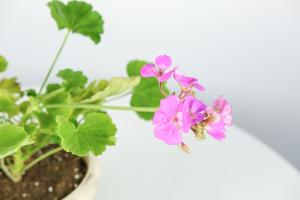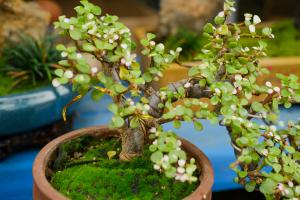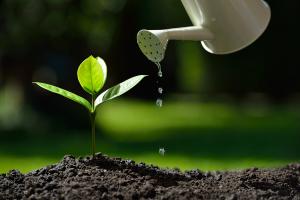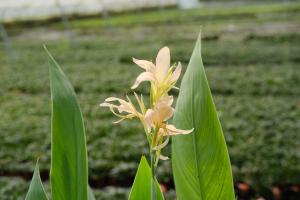Introduction
Tomatoes are one of the most popular vegetables (or fruits, depending on who you ask) to grow at home. They are easy to care for and can produce a bountiful crop with just a little effort. However, before embarking on your tomato growing journey, it's important to understand whether a single tomato plant will fruit or not. In this article, we will explore the factors that determine whether a single tomato plant will produce fruit or not, and what you can do to increase your chances of a fruitful harvest.
The Importance of Pollination
Pollination is a critical process that determines whether a tomato plant will produce fruit or not. Tomatoes are self-pollinating, meaning that they have both male and female reproductive organs on the same flower. However, they still need help from pollinators, such as bees or bumblebees, to transfer pollen from the male to the female parts of the flower. Without pollination, a tomato plant will not produce fruit.
The Role of Temperature and Sunlight
Tomatoes are warm-weather plants that require a certain range of temperatures and a minimum amount of sunlight to produce fruit. If temperatures are too hot or too cold, or if the plant doesn't get enough sunlight, it may not produce fruit. Generally, tomato plants require temperatures between 60 and 85 degrees Fahrenheit to produce fruit, and they need a minimum of six to eight hours of direct sunlight per day.
The Importance of Watering and Fertilizing
Watering and fertilizing are also crucial factors that determine whether a single tomato plant will produce fruit or not. Tomatoes need a consistent supply of water to grow, and they require regular fertilization to provide them with the nutrients they need to produce fruit. A lack of water or nutrients can cause the plant to stop growing and delay or prevent fruit production.
How to Increase Your Chances of Fruit Production
If you want to increase your chances of a bountiful tomato harvest, there are several steps you can take. First, make sure your tomato plant is planted in a location that gets plenty of sunlight and protection from strong winds. Additionally, make sure to water the plant regularly, providing enough water to keep the soil moist but not waterlogged. Finally, be sure to fertilize the plant regularly, using a high-quality tomato fertilizer that is rich in nitrogen, phosphorus, and potassium.
Conclusion
In conclusion, a single tomato plant can fruit if it's given the right growing conditions, including proper pollination, temperature, sunlight, water, and nutrients. By understanding these factors and taking steps to ensure your plant gets what it needs, you can increase your chances of a healthy, fruitful tomato harvest.

 how many times do yo...
how many times do yo... how many planted tre...
how many planted tre... how many pine trees ...
how many pine trees ... how many pecan trees...
how many pecan trees... how many plants comp...
how many plants comp... how many plants can ...
how many plants can ... how many plants and ...
how many plants and ... how many pepper plan...
how many pepper plan...































